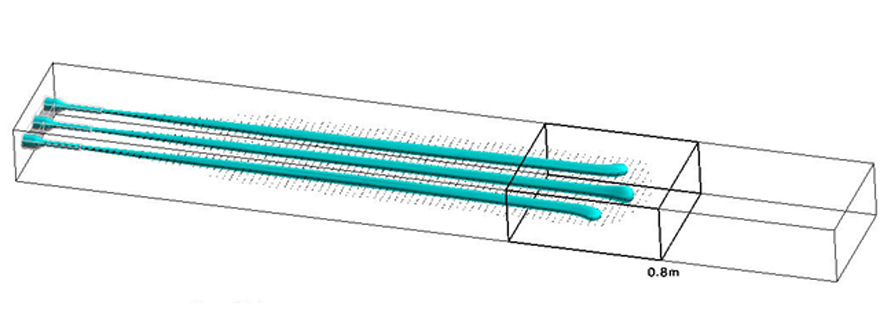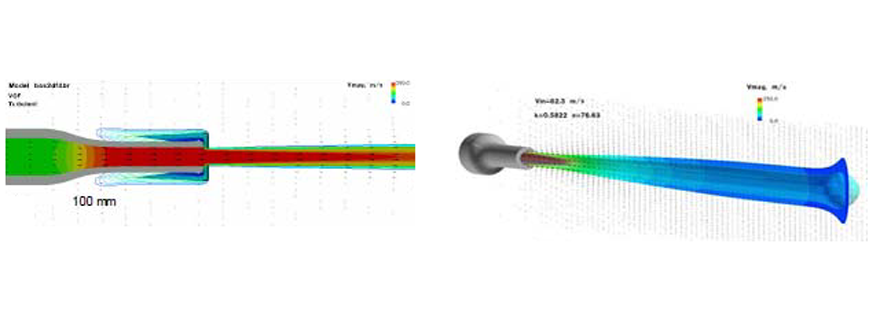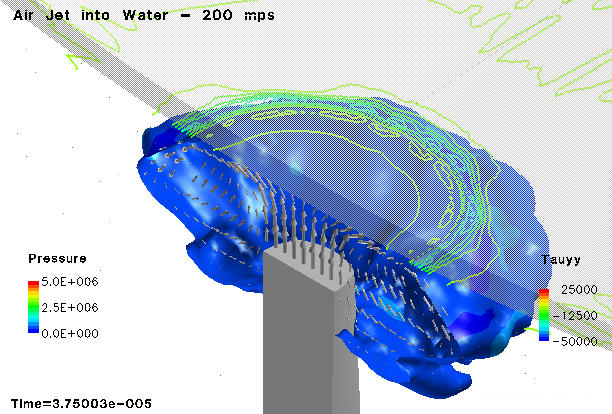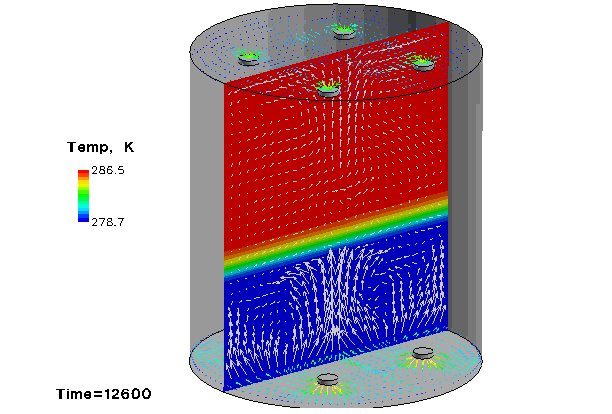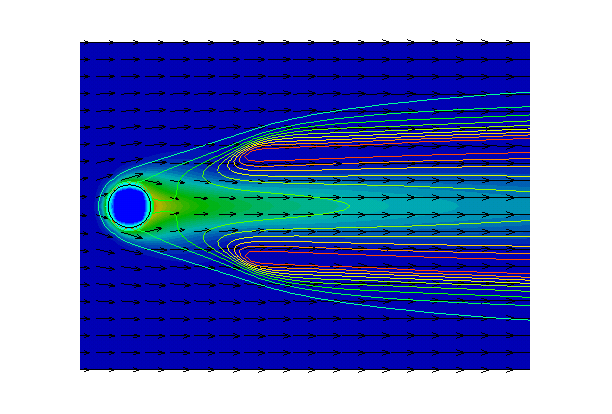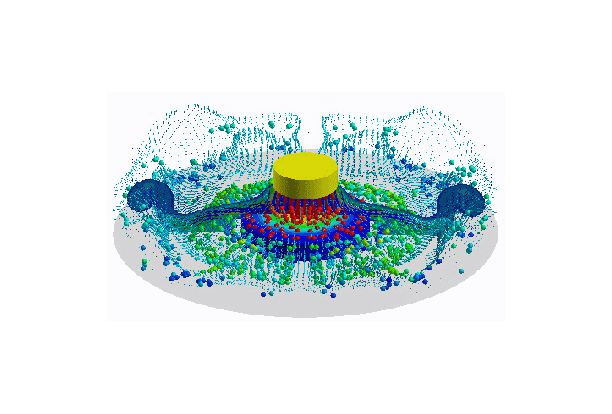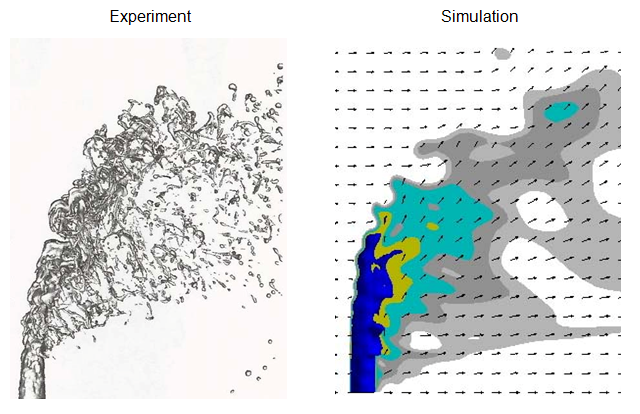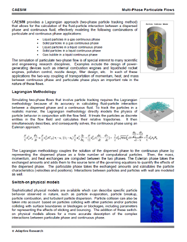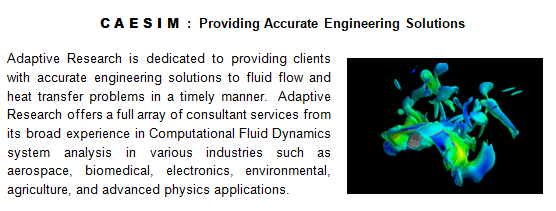A D V A N C E D C O M P U T E R - A I D E D E N G I N E E R I N G S O L U T I O N S
H A V E a Q U E S T I O N ?
I N F O R M A T I O N R E Q U E S T
Fill out the following form to request additional information on the capabilities of CAESIM
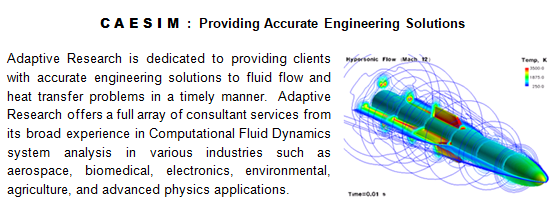
E X P L O R E U N L I M I T E D S I M U L A T I O N P O S S I B I L I T I E S !
C O M P U T E R - A I D E D E N G I N E E R I N G S I M U L A T IO N P L A T F O R M
F L U I D F L O W, H E A T T R A N S F E R, A N D M U L T I - P H Y S I C S
Multi-Physics
CAESIM is an advanced computer-aided engineering program that can solve multi-physics problems, in addition to fluid flow and heat transfer problems. A wide range of multi-physics modules are available to simulate particulate flows, chemical reactionsfluid-structure interaction, free-surface flows, radiation, fluid-structure interaction, compressible flows, and many customized simulation solutions.
Simulating two-phase flows that involve particle tracking requires the Lagrangian methodology because of its accuracy in calculating fluid-particle interaction between a dispersed phase and a continuous fluid. To track the particles in a realistic manner, the Lagrangian methodology directly models the physics of particle behavior in conjunction with the flow field. It treats the particles as discrete entities in the flow field and calculates their relative trajectories.
Multi-Physics Modules
Chemical Reactions
CAESIM chemical reaction models can be applied to appiclations involving combustion, power generation, propulsion systems, and chemical vapor deposition, among others. CAESIM offers seven types of reaction models with varying degrees of complexity and generality.

Particle Flow
CAESIM provides a Lagrangian approach (two-phase particle tracking method) that allows for the calculation of the fluid-particle interaction between a dispersed phase and continuous fluid, effectively modeling various combinations of particulate and continuous phase applications.
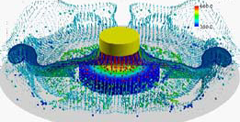
Free Surface Flows
Free surface flows are characterized by fluids which have large disparities in density and their relative motion defines the multi-phase phenomenon. The free surface module predicts the motion of fluid interfaces based on the solution of a conservative transport equation for the fractional volume of fluid (VOF).
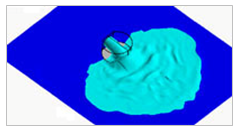
Multi-Physics Simulations
Additional Information
© 2024 Adaptive Research. All rights reserved.




